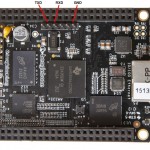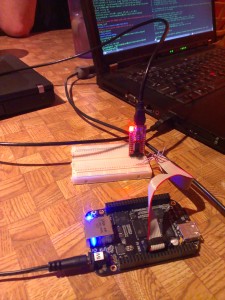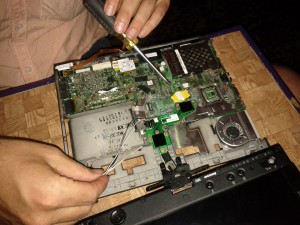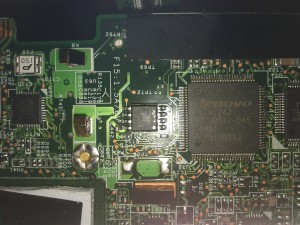I am working on a laptop to donate for general users, so I have chosen LinuxMint as the distribution. It includes the non-free audio/visual codexes and brings some of the Ubuntu tools including the Languages setting which helps bring in a wide variety of languages other than English.
As I am a bit of a fan of the GUI, while still able to go to the command line, I feel the readily accessible and easier to use “Languages” is easier than re-configuring Locales. In Debian, I can shift the language, but I am not fluent enough to be sure I could use the commandline in a foreign language. Plus, as I am sending this unit into other hands to pass on to yet others, I hope that the idea of using the “Settings” menu and visible options to adjust the Desktop will be familiar to anyone, anywhere with even a small amount of familiarity with computing.
Since we are no longer meeting face to face as often or easily now, I am hoping that GNU/Linux is familiar to enough people and has a visual interface that “just works” for any user. I have been reflecting on freedom and free software this year, especially after attending the Free Software Foundation virtual conference via video. While I rely on a lot of the work that has been done, I am not absolutely “pure” in my hardware and software. In s few discussions of the current situation I find a wide variety of people using free software for various tasks, from simple to complex. And the approaches vary, too.
Some prefer very un-free hardware for reasons of price, quality of display and other parts, some delve into the total freedom of CoreBoot and motherboards free of undisclosed blobs. I have been a hobbyist and scavenger, so I take what I can find, updating hardware as computing demands have advanced, but basically converting an available PC or laptop to Gnu/Linux and then working with the installed parts and replacing and upgrading where I can.
At home I use Debian and have selected a GUI Desktop that I like. I have an editor preference and other choices and I have become familiar with some other programs as the need or interest has arisen. Most of my daily ‘work’ is simple and basic. I alternate between the commandline and Synaptic for maintenance. I have habits, but not a fully established rationale for my choices. I now try to see that others will be the same: have habits, focus on the many advantages of free software and use it to full advantage either in a particular application or as thorough way of working, using the free-est hardware, too. So I have become a little more broad-minded about how to work with free software and also regret that the public meetings we don’t have mean sharing my interest is rather hit or miss.
I do hope we can expand the circle of GNU/Linux users in the future. I am glad the maintainers have kept up all their good work and that all the distros are keeping up with the changes in hardware and the uses that people have for computing.



 Flashrom
Flashrom 
